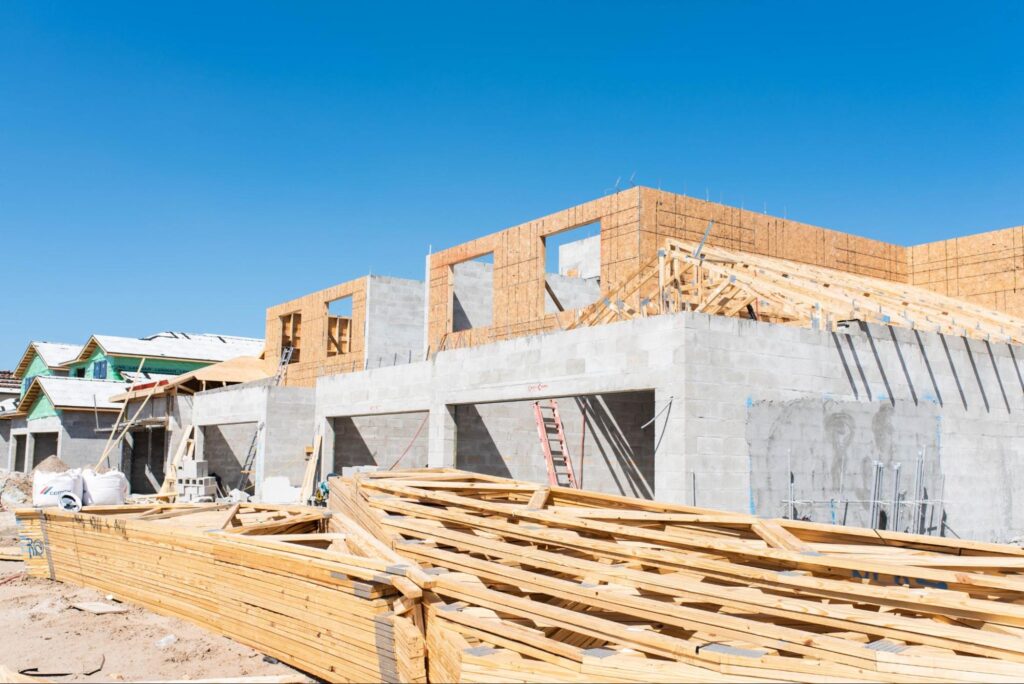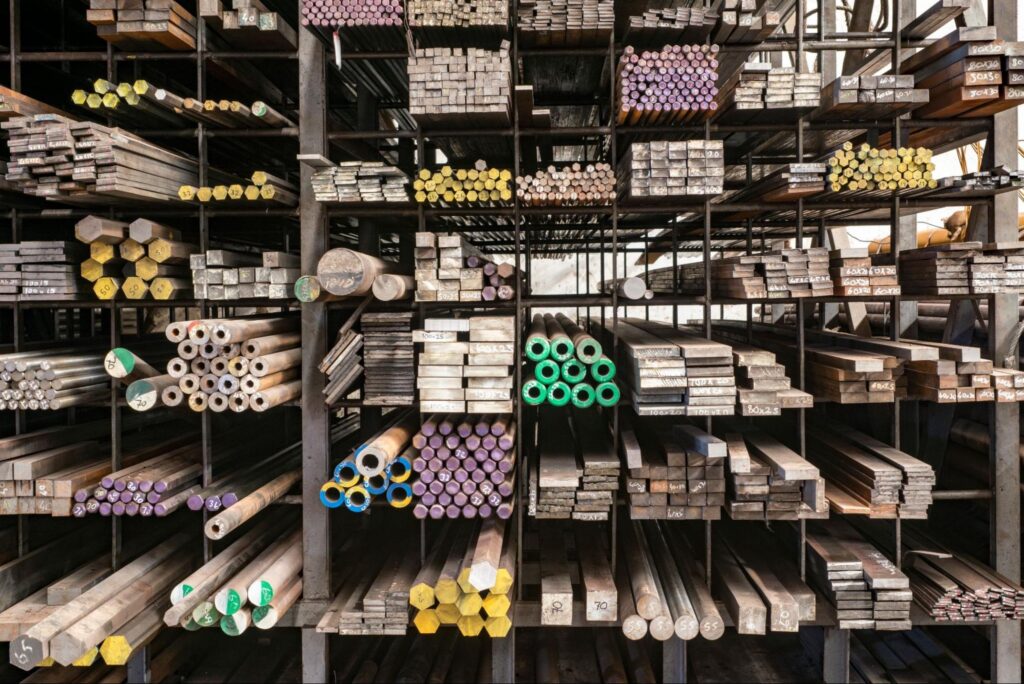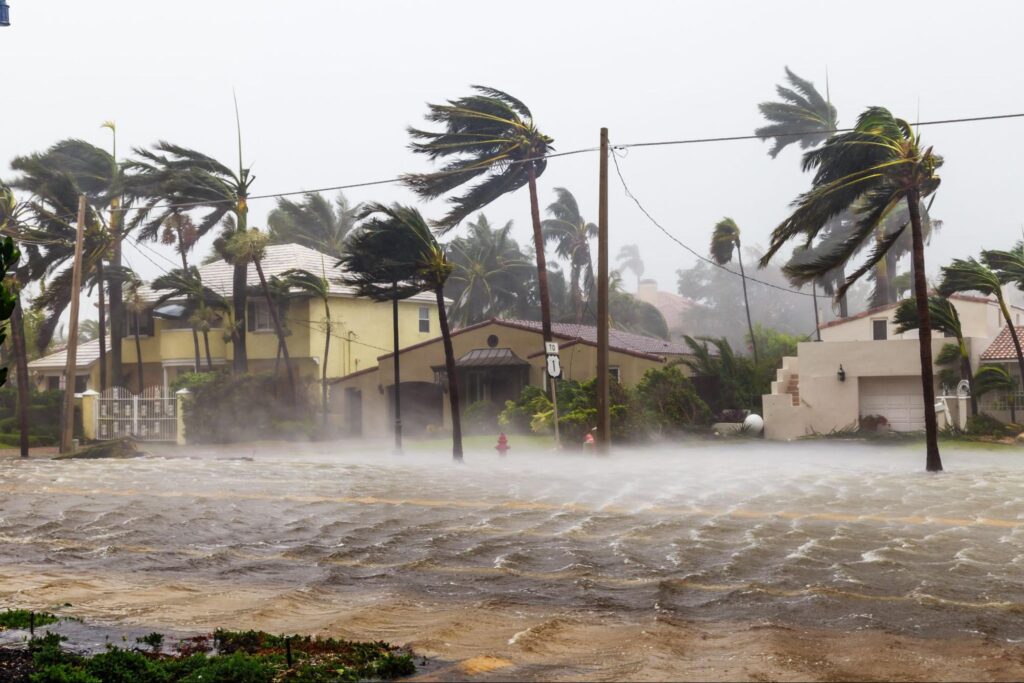Florida Construction Prices: What’s Really Driving Costs
Construction prices in Florida are high due to labor shortages, rising material costs, strict building codes, and increased demand from population growth and storm rebuilds. These factors combine to create a unique, high-pressure environment that drives up costs across the board.
What’s Really Driving Up Construction Costs in Florida
Florida’s building costs are rising due to a mix of challenges.
Labor shortages, rising material prices, strict codes, and permitting delays all stack up, adding pressure at every stage of the process.
If you’re building in Florida, here’s what’s adding cost today:
- Labor gaps: Fewer workers, higher wages
- Material prices: Lumber, steel, and fuel remain high
- Stricter codes: Coastal rules demand elevated, reinforced builds
- Insurance: Premiums and rebuild values keep climbing
- Demand: Out-of-state buyers and post-hurricane rebuilds
- Interest rates: Loans and material financing cost more
- Delays: Permitting and supply chain slowdowns add to overhead
For Florida homeowners, building smart is essential.
Choosing the right materials, working with honest builders, and focusing on resilience can prevent overspending.
In a fast-changing market, smart strategies can save time, money, and future stress.
Why Construction Costs Keep Rising in Florida
View this post on Instagram
Construction costs in Florida are driven by more than one issue.
From material shortages to stricter codes and high demand, challenges stack up quickly. Each stage of the build feels the pressure.
Florida Homes Need to Be Built Stronger
In most states, standard materials and basic construction are enough.
That’s not the case here.
Homes in Florida have to stand up to hurricanes, floods, and long-term moisture. That means tougher materials, stronger foundations, impact-rated windows, and more inspections.
All of it adds cost, but it’s necessary.
On top of that, thousands of people are moving here every month. This keeps demand high, which means labor and materials are always stretched thin.
Rules, Location, and Risk Make Everything More Expensive
Where you build in Florida makes a big difference. Coastal areas usually have higher land costs, stricter codes, and longer permitting times.
Even inland cities face delays and added fees.
All of these factors make it harder to stay on budget. That’s why many people are asking, “Will this ever get easier?”
Up next, we’ll break down the key reasons prices are rising, and why Florida is feeling it more than most places.
10 Reasons Construction Is So Expensive in Florida

Florida’s construction costs are rising fast, and it’s not because of just one factor. From labor gaps to rising material costs, these issues overlap and push budgets higher than ever.
Below are the ten key reasons building in Florida has become such a financial challenge.
1. Labor Shortage Is Driving Wages Up
There’s a statewide shortage of skilled trades like electricians, framers, and finish crews. Immigration laws have further reduced the labor pool, making it harder to find reliable help.
How it raises prices:
With fewer workers available, wages have spiked. In Southwest Florida, skilled trades now earn $75 to $100 per hour.
Fewer crews also slow down timelines, which adds to overhead and delays across the board.
2. Material Costs Are Still High

Prices for essential materials like lumber, concrete, and steel have stayed high due to tariffs, import reliance, and production slowdowns.
Even U.S.-made products haven’t been immune.
How it raises prices:
Materials now cost significantly more than they did just a few years ago. Builders are forced to absorb these increases or pass them on, which inflates the overall project budget.
3. Fuel Prices Add to Every Step
Fuel impacts nearly every part of construction, from manufacturing to shipping to daily site operations. With oil prices still elevated, these costs are tough to avoid.
How it raises prices:
Freight costs have surged. Delivering heavy items like block, rebar, or trusses now comes with a higher price tag.
Even a simple delivery run costs more, and those increases add up fast.
4. Big Builders Get Materials First
Large national builders have the volume to secure discounts and priority from suppliers, especially when inventory is tight. Smaller builders are often left waiting.
How it raises prices:
When big builders buy up stock, local contractors face delays or higher pricing.
Homeowners working with smaller builders end up paying more, or waiting longer, just to get the same materials.
5. Stronger Codes Add More Construction Steps
View this post on Instagram
Florida’s strict building codes were designed for safety, and for good reason.
Hurricane-rated windows, reinforced roofs, and elevated foundations are now required in many areas, especially near the coast.
How it raises prices:
Meeting these standards means using specialized materials and hiring trades with experience in code-compliant work.
Each extra requirement adds time, inspections, and cost to the project.
Helpful Resource → Florida Hurricane Building Codes Explained
6. Insurance Is Harder to Get and Costs More
Florida’s insurance market has tightened dramatically.
Fewer carriers are writing policies, especially in coastal and flood-prone zones. Premiums have risen year after year.
How it raises prices:
New builds must meet higher insurance standards, often requiring upgrades before coverage is approved.
The rising cost of insuring a home gets factored into both construction lending and homeowner budgets.
7. Permit and Compliance Fees Are Climbing
City and county fees vary widely across Florida, and some areas are raising costs to keep up with population growth and infrastructure demands.
Some municipalities also have long delays in approving permits.
How it raises prices:
Extra fees and slower timelines push projects behind schedule and inflate overhead costs. For homeowners, that means paying more before a single wall goes up.
8. Post-Hurricane Rebuilds Drive Up Demand

After major storms, demand for materials and labor explodes overnight. Builders, roofers, and suppliers get overwhelmed trying to meet the surge.
How it raises prices:
When rebuild demand spikes, prices follow. Materials become scarce and labor is booked out for months.
Even homeowners not affected by storms feel the ripple effect in rising quotes and delayed timelines.
9. Out-of-State Buyers Are Driving Demand Up
Florida continues to attract out-of-state buyers, many paying cash or buying land to build custom homes. Areas like Naples, Tampa, and Sarasota have seen steep price increases as a result.
How it raises prices:
Local families are often priced out or forced to compete with buyers from wealthier markets.
This sustained demand keeps both land and construction prices elevated, even when other regions begin to cool off.
10. Interest Rates and Inflation Are Hitting Hard
Construction loans, materials, and even contractor overhead are more expensive due to rising interest rates and inflation. Financing a build today costs more than it did even a year ago.
How it raises prices:
Higher rates increase monthly payments and reduce borrowing power.
Builders also face increased operating costs, which get passed on in the form of higher bids or change orders mid-project.
View this post on Instagram
Construction costs may be rising, but that doesn’t mean smart building is out of reach.
With the right strategy, Florida homeowners are still finding ways to build strong, reliable homes without going over budget.
Helpful Resource → Florida Coastal Home Plans: Build Smart & Storm-Ready
How Smart Florida Homeowners Are Still Building, Without Breaking the Bank
Building in Florida isn’t cheap, but with the right approach, it’s still possible to stay on budget.
These practical strategies can help you build strong, efficient homes without overspending or cutting corners.
1. Modular Builds Offer Better Control

Modular homes are built in a controlled environment, which reduces weather delays, limits material waste, and helps lock in pricing early.
These homes aren’t cookie-cutter, they can be customized to meet both style and storm-resistance needs while keeping timelines on track.
2. Prioritize the Structure, Not the Finish
It’s tempting to splurge on countertops or fixtures, but investing in the building envelope, foundation, roofing, framing, pays off in durability and long-term performance.
3. Simple, Resilient Design Saves Money
Choosing a layout with fewer corners, straightforward rooflines, and efficient room sizes can reduce both material and labor costs.
Design with durability in mind first, and then bring in style with smart, cost-effective finishes.
4. Work With Builders Who Are Upfront
A fixed-cost builder can protect you from surprise markups.
Transparency on labor, materials, and timelines gives you a more accurate plan, and fewer headaches mid-project.
5. Build Inland When It Makes Sense
Inland counties typically have more affordable land, lower wind-zone requirements, and less red tape.
These factors can translate to real savings, especially for families building their primary home.
6. Use What You Already Have
Reclaimed wood, salvaged doors, and locally sourced materials can lower costs without sacrificing quality.
Phased renovations also help manage budgets more realistically.
7. ICF Construction Pays Off Long Term
Insulated Concrete Forms (ICF) cost more upfront but deliver major savings over time.
Their strength reduces storm damage risk, which can lower insurance premiums and ongoing maintenance.

They’re also energy-efficient, which helps long after the build is done.
These strategies can help bring more control to the process, even in an unpredictable market.
But for many Florida homeowners, the bigger question is whether building is still the better option at all.
Is It Better to Build or Buy in Florida Right Now?
With costs rising on both ends, many Florida homeowners are wondering whether it’s better to build a new home or buy one that already exists.
The answer depends on your goals, timeline, and how much flexibility you need.
Buying an Existing Home
Buying is often faster. You avoid permit delays and may be able to move in quickly. But many existing homes, especially older ones, weren’t built to today’s codes.
How it impacts cost:
Higher insurance premiums, storm vulnerabilities, and hidden repair costs can drive up the total price. Some buyers find they need $50,000 or more in updates within the first year.
Building a New Home
Building allows for full customization, better storm protection, and improved energy efficiency.
How it impacts cost:
Upfront costs are higher, and timelines are longer. But with the right planning, homeowners can build smarter, using modern materials and methods that pay off long term.
The Bottom Line
If your priority is speed and convenience, buying might be the better fit. But if you want a durable, efficient home that’s built to withstand Florida’s climate, building is still a smart investment.
Final Thoughts: Building Smarter in Florida’s Tough Market
Florida’s construction market is complex, but understanding the challenges, and how to navigate them, puts you in a stronger position to build smart.
From choosing resilient materials to working with transparent builders, there are still ways to manage costs and create a home that stands the test of time.

Whether you decide to buy or build, the key is making informed decisions that match your long-term goals and Florida’s unique climate risks.
If you’re planning to build in Southwest Florida, Tri-Town Construction delivers lasting value.
We build homes that are code-compliant, storm-ready, and thoughtfully priced to help you get the most out of your investment.


